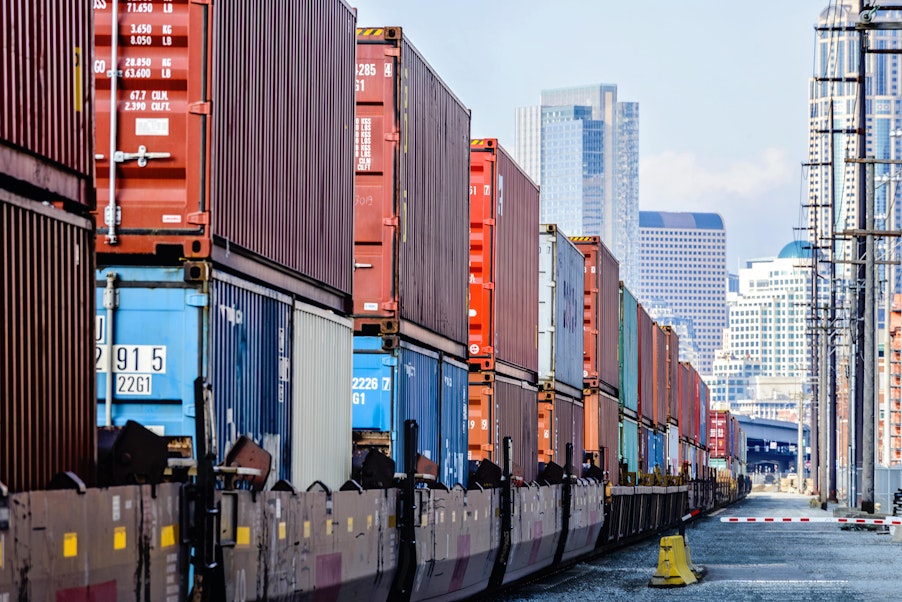What happens when a company develops a great new high-tech product and wants to take it to market? Before selling can begin, it needs to undergo testing and certification. This process is known as product certification, and it is important for several good reasons.
What is product certification and why does it matter?
Product certification is the process by which your product is tested to verify its conformance to standards in a specific market, industry or region. This may be a mandatory requirement due to a potential risk to the end-user, or a voluntary exercise which provides a unique selling point for the product.
Voluntary certification allows manufacturers to differentiate their products in competitive markets. Consumers are aware certified products are more reliable and cost-beneficial than cheaper, uncertified products. It can therefore be used as a marketing tool.
Product certification also confirms safety and reliability. No one wants to buy a product that is low quality or may expose its users to an unacceptable hazard. Certification can show your product has passed relevant safety tests as well as performance tests. Having a product tested for safety also reduces the risk of any legal action that may result from malfunction.
Finally, product certification matters because governments (easily the biggest buyer of materials and supplies) have procurement standards that they must enforce. Many governments will not allow companies to tender for contracts if they fail or refuse to certify their products.
What are the steps towards successful product certification?
In general, a product certification process can be broken down into the following stages:
- Application – to a competent entity approved for product certification
- Evaluation – the product is tested in an accredited lab by a competent testing entity as per the relevant standard or regulation
- Review and attestation – after testing (and factory audit, as required), the resulting outcomes (test reports, factory audit reports, corrective actions taken, as needed) are reviewed. Once conformance to the standard/regulation is confirmed, a certification decision is taken. If approved, a certificate of conformity, or a license, can be granted for use as a product certification mark
- Surveillance (as required) – once certification is granted, the product and the manufacturing facility is periodically checked and visited, to ensure that the product still meets the qualification criteria required at the time that the certificate/license was granted
Once the product satisfactorily passes these stages, the product may now bear the certification mark and the consumer now knows it has met the requirements of the relevant standards.
Why product certification makes a difference
Product certification can be misconstrued as a complex and expensive process, but it is an important and significant step in the process of product development and production. It can be confused by the highly technical terms used but the important thing to note is the common objective of safety. Many of these markings demonstrate a product is safe (in a certain aspect) and also demonstrate compliance with recognized ethical requirements.
To stand out in the marketplace, a product does not just need to be useful, modern and practical, it also has to be reliable. Consumers’ buying decisions are guided by this rationale in almost every industry, which is why certification is such a fundamental aspect of product development, corporate responsibility and sustainable production and consumption.
Learn more about Product Conformity Assessment (PCA).
This article can also be found in our PCA Newsletter (Q4/2023) – which keeps you up to date with developments in technical barriers to trade and product conformity assessment.
Read more PCA articles (Q4/2023)
- Demystifying Moroccan Customs Codes with SEMAC-approved PCA services
- Clearing the Channels: Ethiopian PCA for Pumps and Pump Accessories
- The Vital Role of PVoC Services in Zanzibar’s Developing Digital Economy
- ACI for Africa: Simplifying Trade
You can read more articles in our previous editions in the PCA Newsletter Library.
© SGS Société Générale de Surveillance SA.















